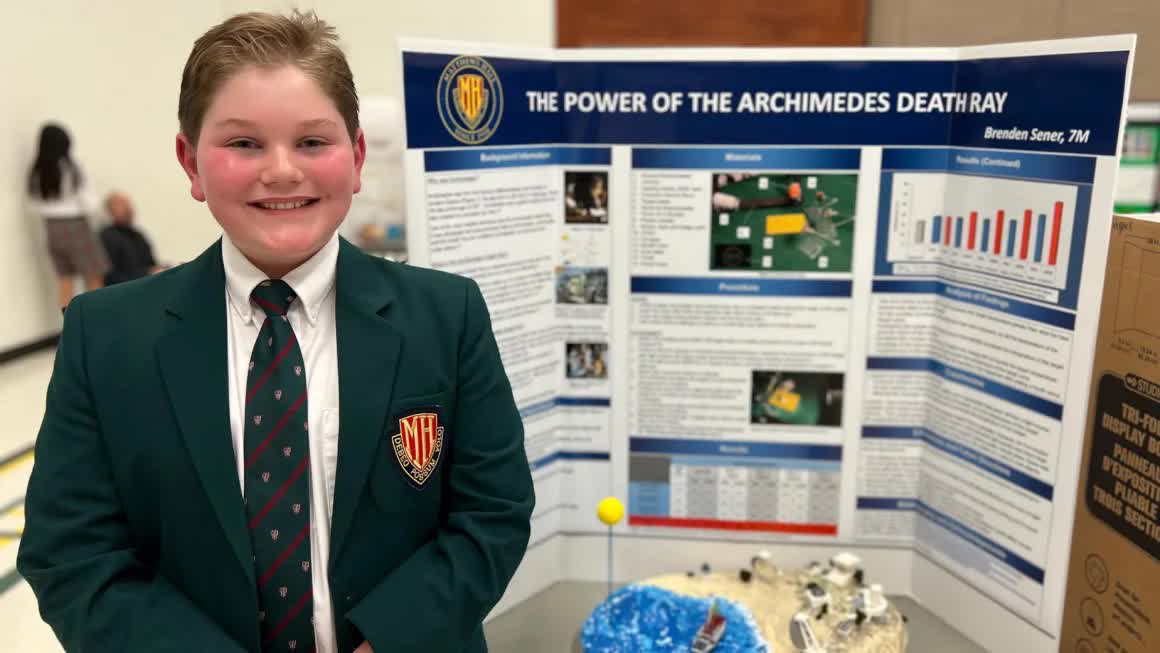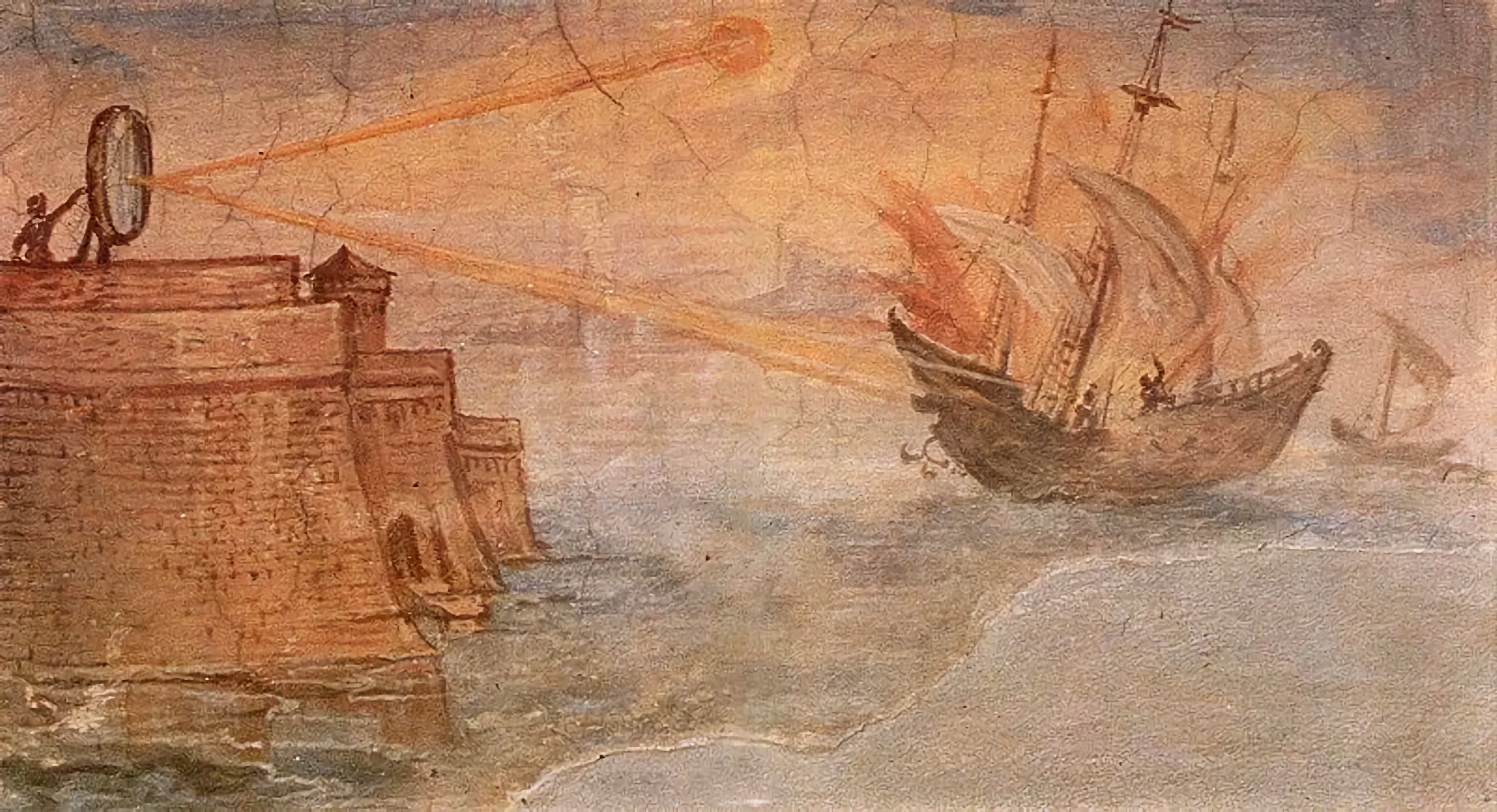What just happened? We all learned about Archimedes, the brilliant ancient Greek mathematician and inventor, in school. He introduced us to fascinating concepts like levers, pulleys, and even determined density while taking a bath. However, one of Archimedes' most intriguing creations has remained in the realm of legend for centuries – the death ray. A young enthusiast set out to prove how it might have worked and has now earned a couple of medals for his contraption.
In the 200s BC, historical accounts suggest that Archimedes used an array of mirrors to focus sunlight and set enemy ships ablaze during the Siege of Syracuse. Fast forward to today, Brenden Sener has earned two medals for his miniaturized version of the solar death machine. This project was part of the 2023 Matthews Hall Annual Science Fair.
Sener hypothesized that, as the mirrors focused light energy onto cardboard, the target's temperature would increase with each added mirror. He conducted three trials using different light bulb wattages – 50 and 100 watts. These bulbs were rigged with small concave mirrors to concentrate light beams onto a marked target.
As he added more mirrors, angling them to converge on the same spot, the temperature at the focal point kept climbing. With just the lamp alone, the target maintained a mild 81°F. However, after positioning the fourth mirror, the heat concentrated to over 128°F. Sener described the results as "remarkable," illustrating how curved mirrors intensified the sun's rays into a single searing point.
While the experiment didn't set the paper on fire (it wasn't meant to), Sener demonstrated how his setup reflected and concentrated light to increase the temperature at a focal point. He noted in his science paper that to set a wooden ship ablaze, the setup would require a very powerful light source like the sun and several large mirrors.

A scientist at Sandia National Labs commended the project, noting that while it didn't revolutionize physics, the findings nicely confirmed the first law of thermodynamics regarding energy transfer.
So, was Archimedes' original death ray a real invention or an exaggerated legend that has grown taller over millennia?
While we may never know for certain, Sener's pint-sized experiment suggests that the core idea could have worked. Archimedes was a certified genius ahead of his time. Concentrating solar heat with mirrors to defeat enemies doesn't seem far-fetched coming from the mind that gave us concepts like levers, pulleys, and displacement.
However, the 'death ray' remains a hotly debated topic due to the lack of archaeological evidence for its existence. Setting moving ships on fire, even with supersized mirrors, seems far-fetched, as demonstrated by the magnifying glass experiment – it takes several seconds to ignite a piece of paper. Even if Archimedes could weaponize mirrors this way, scientists argue that the ships would need to be anchored for it to be effective.
At the very least, Sener demonstrated that the physics behind Archimedes' suspected death ray were legitimate. Not bad for a middle schooler's science fair project.
